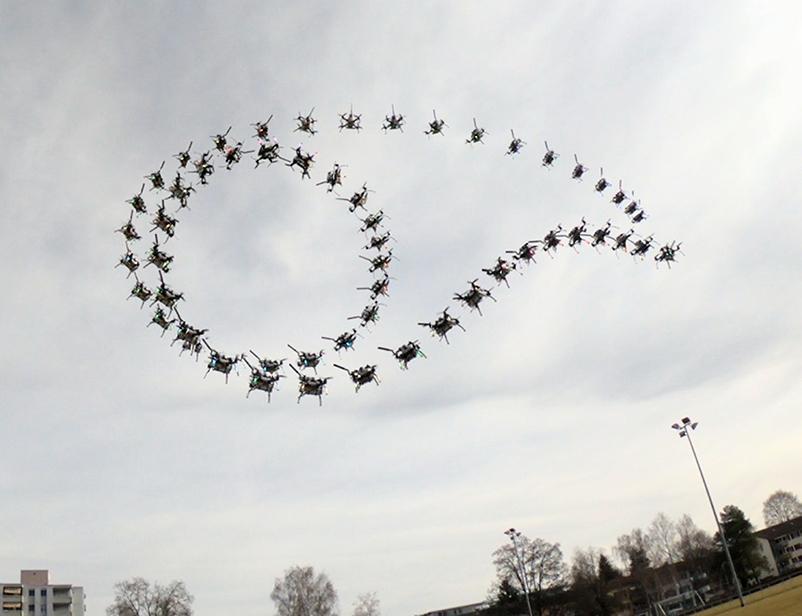
Researchers at the University of Zurich (UZH) have come up with an algorithm that allows drones to independently learn acrobatic maneuvers. At the core of this algorithm is an artificial neural network. This converts data supplied by the on-board camera and the inertial sensors into control commands.
The neural network is trained exclusively by simulating the maneuvers, as detailed by UZH in a press release. This avoids the need for test flights and reduces risks. According to the information available, a few hours of simulation training is all that is required for the drones to perform the maneuvers under real conditions. The research team at UZH has already tested the algorithm in conjunction with the microprocessor manufacturers Intel using a quadcopter.
“Our algorithm learns how to perform acrobatic maneuvers that are challenging even for the best human pilots”, comments Davide Scaramuzza, Professor of Robotics and Head of the Robotics and Perception Group at UZH.
While maneuvers such as a power loop or matty flip are not normally required during conventional drone flights, learning these maneuvers also trains the drones to fly more efficiently, more quickly and to cover less airspace. This should mean that the drones are better suited to search and rescue missions, UZH states in the press release.
Related news
Meet with an expansion expert
Our services are free of charge and include:
- Introduction to key contacts in industry, academia, and government
- Advice on regulatory framework, taxes, labor, market, and setting up a company
- Custom-made fact-finding visits, including office and co-working space